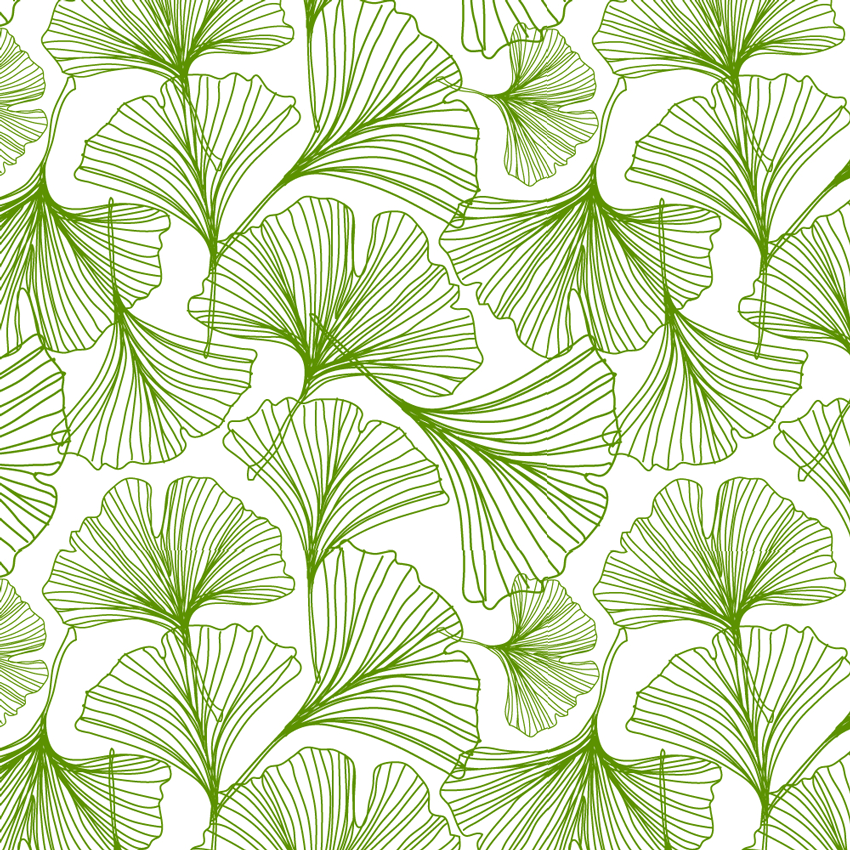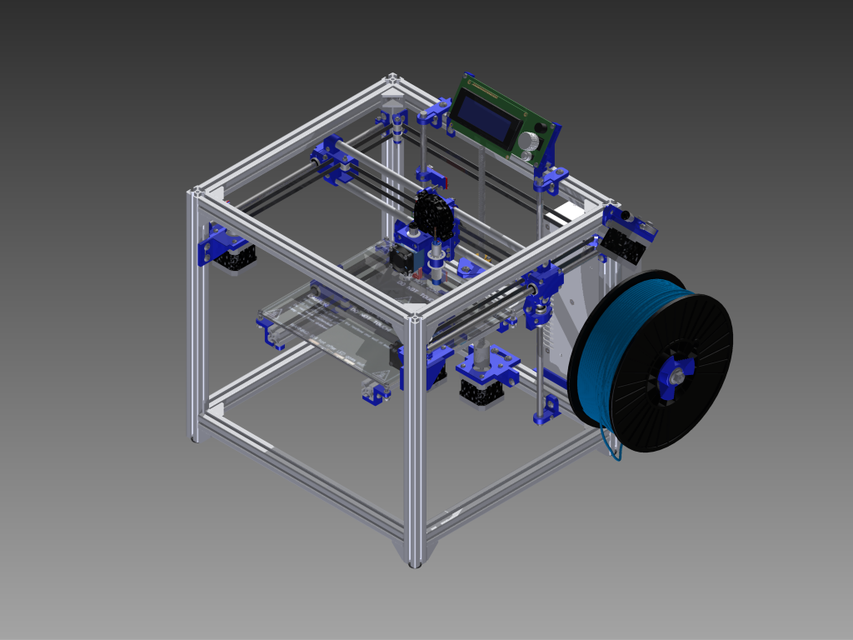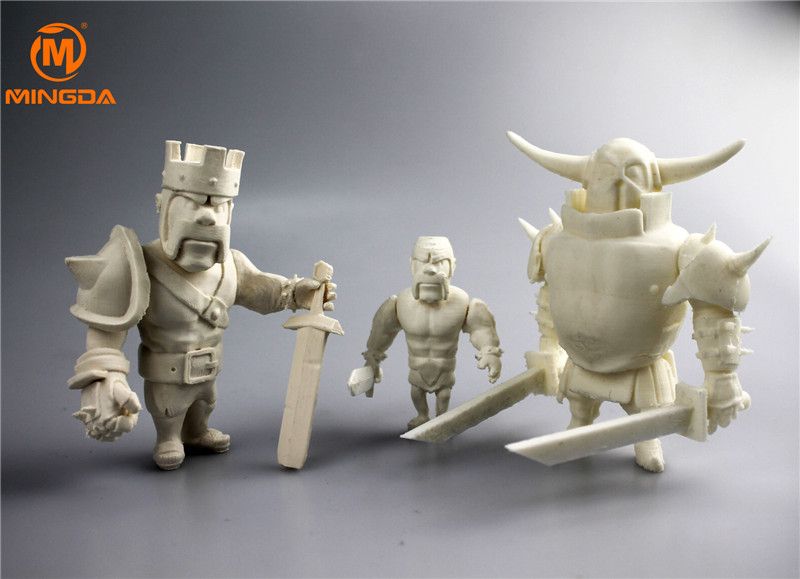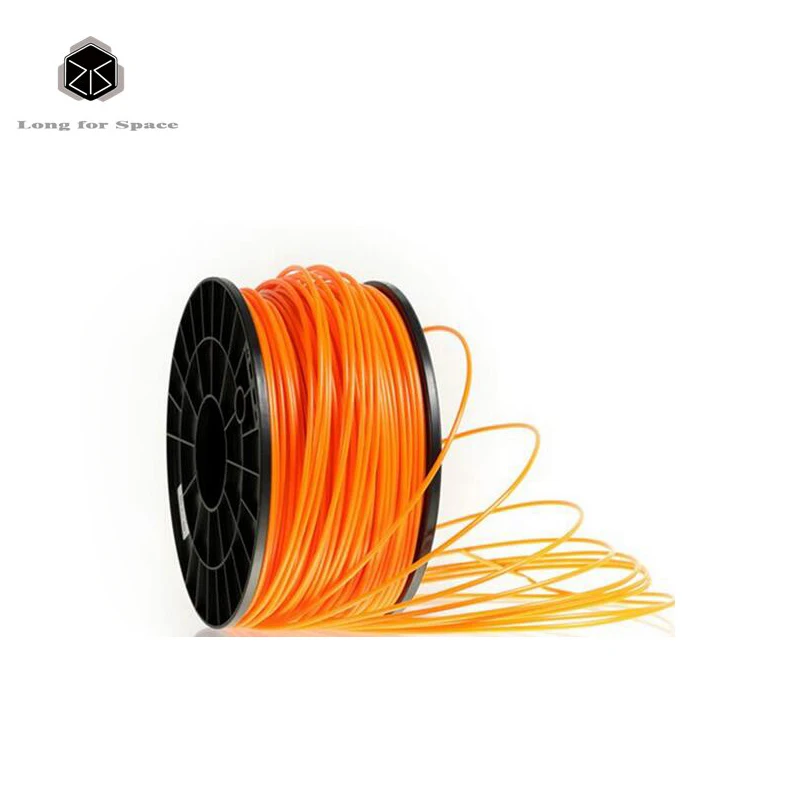Jubilee 3d printer
Jubilee: A Toolchanging Homage To 3D Printer Hackers Everywhere
I admit that I’m late to the 3D printing game. While I just picked up my first printer in 2018, the rest of us have been oozing out beautiful prints for over a decade. And in that time we’ve seen many people reimagine the hardware for mischief besides just printing plastic. That decade of hacks got me thinking: what if the killer-app of 3D printing isn’t the printing? What if it’s programmable motion? With that, I wondered: what if we had a machine that just offered us motion capabilities? What if extending those motion capabilities was a first class feature? What if we had a machine that was meant to be hacked?
One year later, I am thrilled to release an open-source multitool motion platform I call Jubilee. For a world that’s hungry for toolchanging 3D printers, Jubilee might be the best toolchanging 3D printer you can build yourself–with nothing more than a set of hand tools and some patience. But it doesn’t stop there. With a standardized tool pattern established by E3D and a kinematically coupled hot-swappable bed, Jubilee is rigged to be extended by anyone looking to harness its programmable motion capabilities for some ad hoc automation.
Jubilee is my homage to you, the 3D printer hacker; but it’s meant to serve the open-source community at large. Around the world, scientists, artists, and hackers alike use the precision of automated machines for their own personal exploration and expression. But the tools we use now are either expensive or cumbersome–often coupled with a hefty learning curve but no up-front promise that they’ll meet our needs. To that end, Jubilee is meant to shortcut the knowledge needed to get things moving, literally. Jubilee wants to be an API for motion.
When it comes to precisely moving tools around in three-space, I’ve got you covered. As for defining what Jubilee can do, that’s up to you.
An API in Hardware
Playing with 3D printers can happen at all levels of the stack.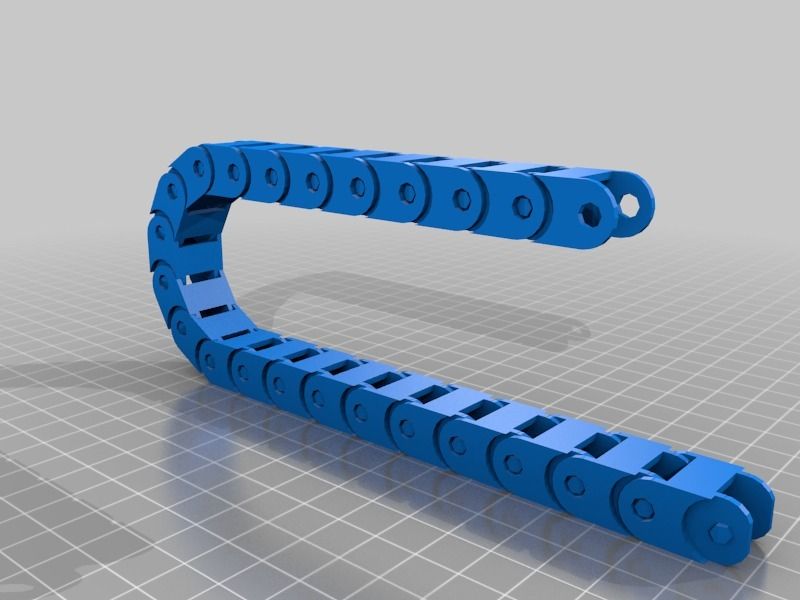 Some folks build their own hardware from scratch. Others play with the software to generate a specific physical output. I’d loosely bin the hardware design as infrastructure as everything else as application. These days, creating a custom application often requires a bit of expertise in both domains. In designing Jubilee, I wanted to encapsulate the motion infrastructure into one platform so that others could readily build applications.
Some folks build their own hardware from scratch. Others play with the software to generate a specific physical output. I’d loosely bin the hardware design as infrastructure as everything else as application. These days, creating a custom application often requires a bit of expertise in both domains. In designing Jubilee, I wanted to encapsulate the motion infrastructure into one platform so that others could readily build applications.
In object-oriented programming, there’s a design pattern called separation of concerns. The idea is that software should be written in modular form in such a way that one part doesn’t need to know the dirty details of another in order to invoke it. This principle is how software libraries are built. Libraries hide the complexity of the work that their doing and instead expose a clean application programming interface, or API, from which they can be invoked. Don’t get me wrong. The idea of modular hardware has existed for generations in engineering, but object-oriented programming does an excellent job of making these ideas explicit.
To apply separation of concerns to Jubilee, I needed to a way to decouple infrastructure from application. To do that I put kinematic couplings on both the machine carriage and the Z axis. Doing this makes both the bed platform and the tools removable. What’s more, since they are kinematically coupled, they can be removed and replaced over-and-over again without losing registration to the machine. The notion of an extremely repeatable system is what makes tool changing possible.
Toolchanging
On Jubilee, tools are laid out in a rack on the front of the machine. When a task using one tool completes, Jubilee parks its current tool into the respective parking post and the picks up the tool for the next task automatically. All software logic for changing tools is handled by a script at the firmware level, making the slicer command as easy as invoking the number of the next tool you want to use, like T0, T1, etc. Like the separation of concerns pattern above, I did this to ensure that Jubilee’s hardware was as slicer-agnostic as possible.
Like the separation of concerns pattern above, I did this to ensure that Jubilee’s hardware was as slicer-agnostic as possible.
My first toolchanging setup was inspired by this tweet from E3D back in 2018. In the months that followed, E3D kindly released the CAD files to their coupling system, and I modified the dimensions of my original design to be compatible with their tool plates. I’ll touch on how my setup differs in another post. But for now, what’s important to know is that the API is the same. In other words, an E3D plate and a printed Jubilee tool plate will both work.
Fabricatability
Here on Hackaday, we’ll catch ourselves describing hardware as “mostly-printed” and “self-replicating.” These words stem from the early days of RepRap, where the idea behind the RepRap 3D printer was that it could self-replicate. I personally love this narrative, but it has limits. Some machines, like lathes, have limited degrees of freedom, which limits the geometric features they can produce. Other machines, like 3D printers and laser cutters, can only produce parts from a limited range of materials. But what resonates so deeply with me is an underlying idea of bootstrapping our own personal fabrication capabilities from scratch. And through this narrative comes the notion of empowerment and self-reliance when individuals can transform raw materials into finished goods.
Other machines, like 3D printers and laser cutters, can only produce parts from a limited range of materials. But what resonates so deeply with me is an underlying idea of bootstrapping our own personal fabrication capabilities from scratch. And through this narrative comes the notion of empowerment and self-reliance when individuals can transform raw materials into finished goods.
To take this narrative and turn it into something actionable, we needed a new word, a new design criteria. So our lab made one up. We call it fabricatability. Fabricatability is a qualitative word to describes a design’s ability to be fabricated by a single person without specialized tools and expert knowledge. Fabricatability is like manufacturability. But the difference is while manufacturability presupposes an understanding of the available manufacturing resources, fabricatability presupposes an understanding of the person, their access to tools, and their knowledge of how to use them. Similarly, design-for-fabricatability is like design for manufacturing where the manufacturer is one person with limited resources and minimal training.
Similarly, design-for-fabricatability is like design for manufacturing where the manufacturer is one person with limited resources and minimal training.
The big idea is that, if we really understand the person, we can give anyone the capability to bootstrap their own infrastructure if we do a few extra things in our design that puts the person first. With Jubilee, I did my best to lay out the prerequisite knowledge up-front in the wiki. Jubilee’s off-the-shelf parts can all be purchased in low volumes without a pricey minimum-order quantity. Most of Jubilee’s fabricated parts use a 3D printer to avoid requiring skilled machine operation knowledge. Similarly, the design is intended for hand assembly by someone without expert hand crafting skills
Nothing’s perfect, though! While I tried to design Jubilee to eliminate machined parts, three parts must be machined. But to fill the gaps, some community machinists have kindly stepped up to make these parts for us in single quantities.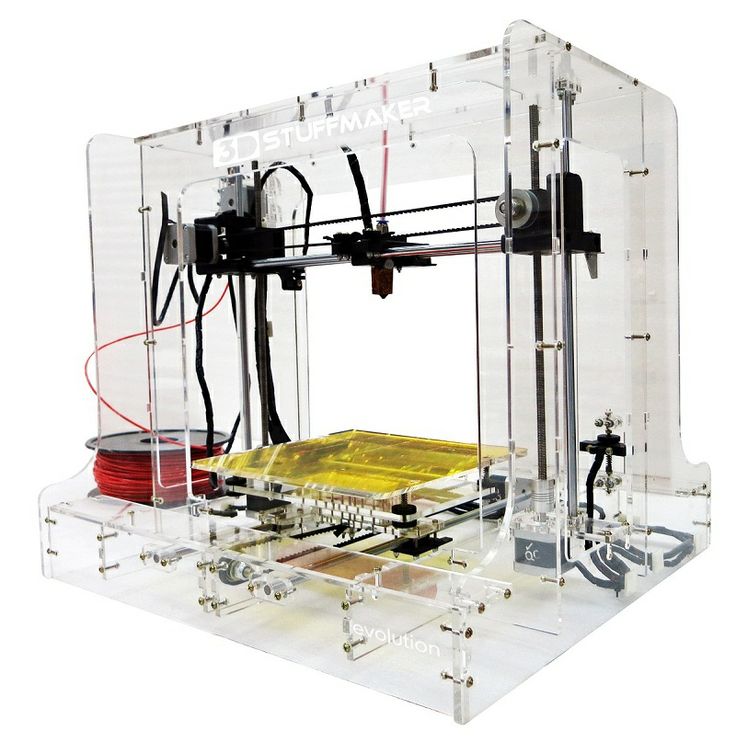
Instructions that hat-tip our brick-building heydays
I grew up with a healthy dose of LEGOs. At the time, I took for granted the instructions; they were just a means-to-a-spaceship. Looking back, though, I’m blown away by how cleanly they make the assembly process of a 500+ piece kit. Their style is both succinct and explicit. All required parts are called out up-front per page. Heck, if you’re building with a friend or loved one, you can even parallelize the process where one person does the brick-laying while the other scoops out parts for the next step. (Anyone else have a fond LEGO date night in their past?) The style translates to many languages–because there are no words! Heck, I’m pretty sure I could read LEGO manuals before I could read books! And it’s consistent. Once you’ve built your first set, you’ve got a pretty clear idea of how the format of the instructions go for the next one.
Jubilee’s instructions are inspired by my brick-building heydays.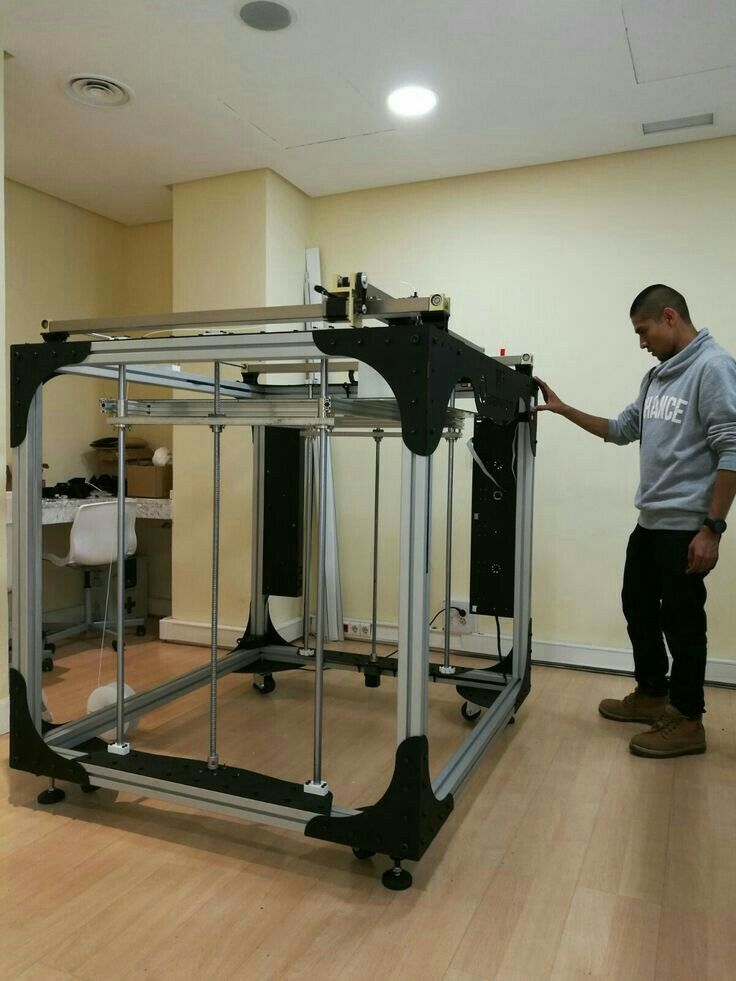 First off, in the design, parts need to have fully-constrained attachment points as much as possible. What that means is that parts need to seat together in only one way. They can’t slide back-and-forth in a range of movements, or different people will assembly Jubilee in different ways, some of which wont work! That’s where the instructions come in. Steps are called out visually in step-by-step fashion to minimize words. Tuning instructions that use special tools are also detailed visually. My hope is that anyone, not just a seasoned machine builder, can build Jubilee following the assembly process in the docs. Finally, to help folks along the way, I made a Discord channel for folks to ask assembly questions and joing the community discussion at large. Feedback on Discord is also most welcome! I’m doing my best to channel it into improvements in the instructions and wiki docs.
First off, in the design, parts need to have fully-constrained attachment points as much as possible. What that means is that parts need to seat together in only one way. They can’t slide back-and-forth in a range of movements, or different people will assembly Jubilee in different ways, some of which wont work! That’s where the instructions come in. Steps are called out visually in step-by-step fashion to minimize words. Tuning instructions that use special tools are also detailed visually. My hope is that anyone, not just a seasoned machine builder, can build Jubilee following the assembly process in the docs. Finally, to help folks along the way, I made a Discord channel for folks to ask assembly questions and joing the community discussion at large. Feedback on Discord is also most welcome! I’m doing my best to channel it into improvements in the instructions and wiki docs.
Pushing the Limits
While a one-machine-fits-all CNC-machine-for-everything sounds cool, it’s not Jubilee.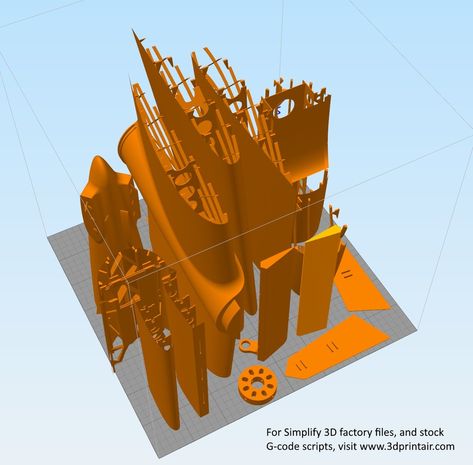 Rather, Jubilee is intended for non-loadbearing applications only. These days, I’ve put the most effort into transforming Jubilee into a rock-solid multitool printer–but even then I’m still twiddling print settings to find a middle-ground that I like.
Rather, Jubilee is intended for non-loadbearing applications only. These days, I’ve put the most effort into transforming Jubilee into a rock-solid multitool printer–but even then I’m still twiddling print settings to find a middle-ground that I like.
So even though Jubilee can’t juggle heavy cutting tools, it turns out that the space of what Jubilee can do is still quite rich. Apart from 3D printing, my labmates and I have played with multitool liquid handling with syringes, mulitcolor pen plotting, an image-stitching with a USB microscope.
Finally, I have too many things to say in one post, but I promise I’ll cover some of my favorite hardware details soon.
Research Findings for All
A year ago, I packed up my garage machine shop and took the leap into grad school. For me, a PhD has been the final major roadblock to becoming a teacher. Like it or not, I would need to face it. Bur rather than make grad school a 5-year holding pattern for a future in teaching, I wanted to find some way to make the experience meaningful others, not just myself, now, not after I graduated. One year into this misadventure, I am thrilled to say that Jubilee is both for and inspired by you, fellow hackers. It’s a piece of me out there in the world that I hope is meaningul to you. It’s not perfect, but it’s functional, something we can all build on.
One year into this misadventure, I am thrilled to say that Jubilee is both for and inspired by you, fellow hackers. It’s a piece of me out there in the world that I hope is meaningul to you. It’s not perfect, but it’s functional, something we can all build on.
When I started this project nearly a year ago, I’d occasionally post a progress video to document the good-and-bad. It’s crazy to think that a year ago we went from this:
to this:
Admittedly, as far as grad school labs go, I lucked out. I met a professor, Nadya Peek (at a Supercon!), who helped establish the first FabLabs in the early days of the open source hardware movement. It’s through her efforts that my hands are free to tackle projects like Jubilee. And it’s through her shrewd negotiating that our lab is able to release all of our designs as open source for you, fellow hacker–no strings attached!
I met a professor, Nadya Peek (at a Supercon!), who helped establish the first FabLabs in the early days of the open source hardware movement. It’s through her efforts that my hands are free to tackle projects like Jubilee. And it’s through her shrewd negotiating that our lab is able to release all of our designs as open source for you, fellow hacker–no strings attached!
And with an open design, we can start riffing off of each other’s ideas and expanding the toolchanging ecosystem for everyone. In the last month, a few folk have already kicked off their own Jubilee build. Some are already changing tools!
video credits to @Danal (via Discord) showcasing a successful tool lockBut why let us have all the fun? Jubilee’s docs, BOM, and CAD files are in the wild for you to enjoy. Now has never been a better time to jump into a world of ad hoc automation. So go forth and create your own personal adventure into toolchanging. Share your whoops and woes on the Discord. And, of course, write to us on Hackaday if you get Jubilee to do something awesome.
(Finally, if you think grad school is cool, why not come hang out with us?)
Top quality 3D STL models
We Sell 3D Printable files which are compatible to all and every 3D printer available in the market .
We offer a large variety of STL Files which are Top quality 3D STL models , Models are also cut and keyed for easier 3D printing . If you cannot find the file on your desired subject, you can submit a suggestion to us, and we will update you accordingly .
If you would like to sell your models on our site, please contact us.
Shop Now
Latest Additions
Quick View
Digital Artwork
Kid goku stl files for 3d printing model
$4.45
Add to cart
Quick View
Digital Artwork
Donkey kong 3d printing stl files
$4.50
Add to cart
Quick View
Digital Artwork
Star wars X-Wing Lamp 3d printing stl files
$4.50
Add to cart
Quick View
Digital Artwork
Gorila 3d printing stl files
$4.23
Add to cart
Quick View
Digital Artwork
Yuffie Final fantasy 3D Printing stl files
$4.50
Add to cart
Quick View
Digital Artwork
Yuri Briar 3D Printing stl files
$4.50
Add to cart
Quick View
Digital Artwork
Yoshi Mario 3D Printing stl files
$4.28
Add to cart
Quick View
Digital Artwork
Venom Stl files for 3D Printing models
$4.75
Add to cart
Quick View
Digital Artwork
Valkyrie 3D Printing stl files
$4.50
Add to cart
Quick View
Digital Artwork
Uta One piece 3D Printing stl files
$4.60
Add to cart
Quick View
Digital Artwork
Usopp bust 3D printing stl files
$4.50
Add to cart
Quick View
DC Comics
Two face 3d printing stl files
$4.45
Add to cart
Best Selling
Quick View
Digital Artwork
Superhero stl pack 3d printing stl files marvel dc comics
$8.50
Add to cart
Quick View
Digital Artwork
Mega Premium Stl pack for 3D printing marvel/Dc/comics/Anime/movies pack
$27. 50
50
Add to cart
Quick View
Surfer Girls pack 3d printing stl files
$7.50
Add to cart
Quick View
Digital Artwork
The 100 Premium STL Pack for 3d printing
$37.50
Add to cart
Shop By Collections
STL file huperchibi - anniversary・3D printer model for download・Cults
huperchibi - Spiderman Miles Morales
4 €
huperchibi - Wanda classic
4 €
Hooperchibi - She Hulk
4 €
Hooperchibi - Thor
6 €
Christopher "Chris" Smith - Peacemaker | Suicide Squad
8 €
Huper3D - Darth Vader
5 €
Hüper3D - Red Ranger
3 €
Boba Fett | Star Wars
11 €
Huper3D - Yellow Ranger
3 €
Huper3D - Kamen Rider Black
5 €
Huper3D - Pink Ranger
3 €
Undertaker
3 €
Best 3D printer files in Game category
Jon Snow - Game of Thrones
3,90 €
TINTIN HEAD FOR CUSTOM PRINTED RESIN 3D FIGURE PLAYMOBIL FIGURE SCALE
1. 87 €
87 €
Flexi Articulated Hummingbird
Free
Mini Pirate Chest
Free
cute brachiosaurus
Free
Travel chess pieces with magnets 6 mm
Free
Crow friend for your cup
Free
Man-Faced Shield Bug (Catacanthus incarnatus)
Free
Bestsellers in the Game category
Cataphractal terminators - armaments and weapons
€5.99 -10% 5.39€
NICOLETTI SPACE BEETLE
34 €
Articulated Bunny
2. 81 €
81 €
Alpha Chads helmets for new Heresy
3 €
Lazy Cat
3,75 €
BODIES, TORSO, LEGS IN POWER ARMOR 3rd GENERATION
€8.50
PA-2
20 €
Chubby Space Wizard
6.50 €
Flying unicorn
1.77 €
Knights Prime Bodies [PRE]
8.29 €
Steel male Fe(2+) (supported)
€3.39
Flexy Pangolin
3.62 €
Chopper motorcycle print-in-place
1 €
GIANT CROCODILE HINGED
4. 24 €
24 €
Stick by Play Conveyor
2.97 €
Mortysons Legio Commander 9 Conversion Kit0004
2.50 €
💖 Do you want to support Cults?
Do you like Cults and want to help us continue our journey on our own ? Please note that we are a small team of 3 people, so supporting us in maintaining activities and creating future developments is very easy. Here are 4 solutions available to everyone:
-
AD: Disable your AdBlock banner blocker and click on our banner ads.
-
AFFILIATION: Shop online with our affiliate links here Amazon.
-
DONATIONS: If you want, you can donate via Ko-Fi here 💜.
-
INVITE YOUR FRIENDS: Invite your friends, discover the platform and the great 3D files shared by the community!
What prizes will the winners of the Anniversary 3D Modeling Ace Contest 2022 receive?
This year, the 3D Modeling Ace Contest is celebrating its anniversary: for the 20th time, its participants, professional designers, compete in the application of digital technologies.
ASCON invites you to join the Contest and submit a model developed in KOMPAS-3D and specialized applications, or an original software application/library for KOMPAS-3D. Applications are open until September 5th.
Undoubtedly, the main prize of the Competition is the licensed ASCON software for designing, managing engineering data and regulatory reference information, and teamwork on projects. The prize fund of the anniversary 3D modeling aces competition includes annual and unlimited commercial versions of KOMPAS-3D industry kits, LOTSMAN:KB, 8D.Quality Management, POLYNOM:MDM, Pilot, KOMPAS-3D Home systems, as well as discounts on KOMPAS-3D updates.
The winners will also be pleased with individual gifts: smart speakers, computer accessories, wireless headphones, external hard drives, portable chargers, smart watches and much more. In addition, the winners will receive branded souvenirs with KOMPAS-3D symbols.
Each participant will be awarded a diploma and memorable anniversary souvenirs from the KOMPAS team.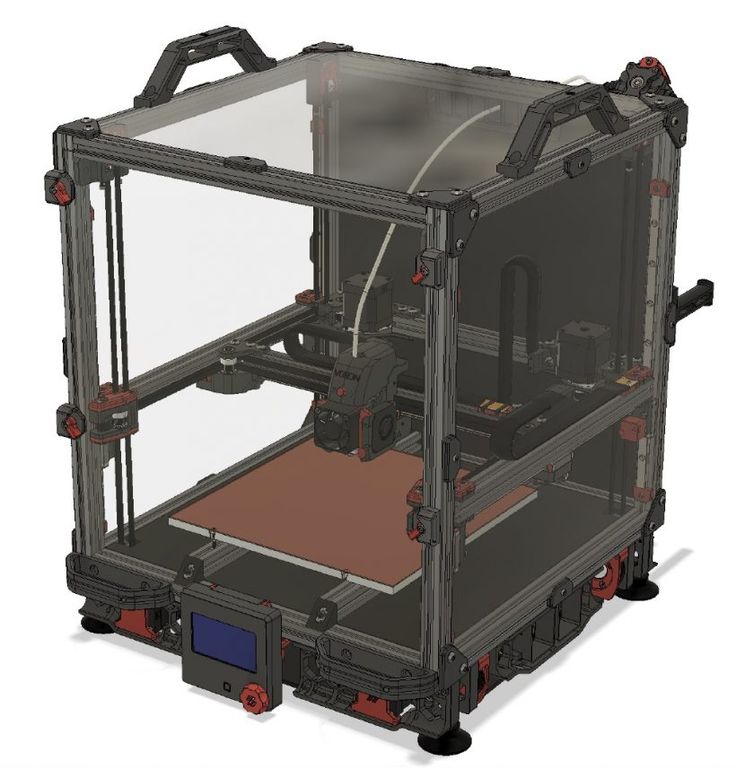 No one will be left without gifts!
No one will be left without gifts!
Traditionally, the Competition is held with the technological and informational support of the leading industry media and leading companies in the field of additive technologies, VR / AR, computer and computer technology. Anniversary XX 3D modeling aces competition is supported by: information and analytical portals Shipbuilding.info and Industry Technology MASHNEWS , Russian Association of Manufacturers of Specialized Equipment Rosspetsmash , the first Russian manufacturer of 3D printers PICASO 3D , developer of virtual prototyping application VR Concept , distributor of domestic foreign software products 1C Distribution .
The number of partners annually includes members of the consortium of developers of engineering software "Razvitie", who present their own nominations. If, together with KOMPAS-3D, the calculation application KompasFlow from TESIS , PCB CAD Delta Design from EREMEX , programs for strength calculations APM FEM/APM WinMachine/APM StructFEM from STC "APM" - send such projects to participate in a special nomination from consortium partners.
This year, Renga Software , a subsidiary of ASCON and 1C, which develops software for information modeling in construction, became a partner of the Aces Contest. Do you use Renga together with KOMPAS-3D? Submit your project to one of the special nominations: "Equipment for BIM" and "Take a step towards BIM design".
Gifts from partners
Partners of the 3D Modeling Aces Contest will celebrate outstanding participants and winners of their nominations with special prizes. The winner of the nomination from TESIS will receive annual license for KompasFlow and fitness bracelet Xiaomi Mi Smart Band 6 . Other partners of the Contest within the Razvitie Consortium — STC APM and EREMEX — also prepared special prizes for the best works in their categories.
Renga Software will give the winners of their nominations branded backpacks, diplomas of the winner , as well as a discount on the purchase of Renga .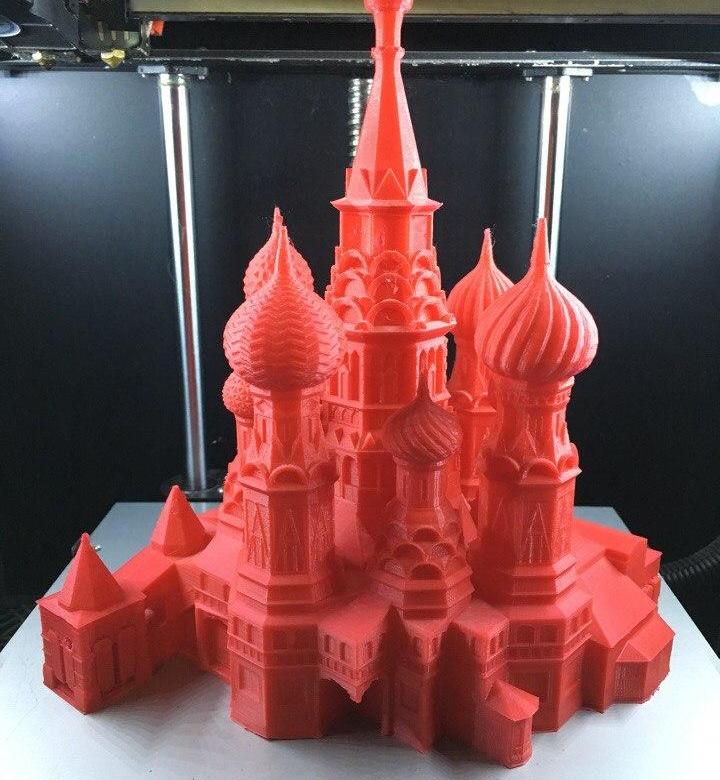
VR Concept will reward one of the winners with a semi-annual license for the VR Concept virtual reality app. 1C:Distribution will traditionally award the authors of the best works with certificates to the 1C:Interes store . An unusual gift awaits the winners of the Contest from PICASO 3D - colleagues are ready to 3D print models of contestant .
Rules and terms
To participate, go to https://best.ascon.ru/, log in to the Participant's Personal Account or register if you do not have an account. Fill out an online application and add a project.
Applications are open until September 5, 2022.
Read the detailed rules for participation in the Regulations on the Contest, as well as see the work of participants from previous years in the gallery of projects.
If you have any questions about the Contest, please contact [email protected].
About partners
1C Distribution is one of the main activities of 1C Company.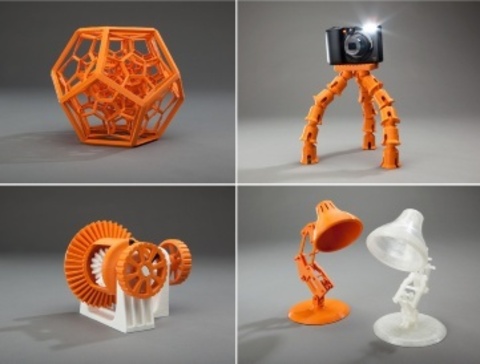 The official distributor of such manufacturers as 1C-Bitrix, ABBYY, DrWeb, ASCON, Kaspersky Lab and others, the brand's "portfolio" includes more than 70 Russian and foreign developers. The company has many years of successful experience of cooperation with domestic and foreign developers.
The official distributor of such manufacturers as 1C-Bitrix, ABBYY, DrWeb, ASCON, Kaspersky Lab and others, the brand's "portfolio" includes more than 70 Russian and foreign developers. The company has many years of successful experience of cooperation with domestic and foreign developers.
MASHNEWS is an information and analytical portal that covers events in various industries: mechanical engineering, transport, robotics, cybernetics, additive technologies and much more.
PICASO 3D is the first Russian manufacturer of 3D printers and a leader in the production of devices for personal 3D printing in Russia. By constantly expanding the functionality of devices, the company opens up new possibilities for 3D printing and allows you to achieve previously impossible results.
Renga Software is a joint venture between ASCON and 1C, which develops software products for the design of buildings and structures in accordance with Building Information Modeling technology (TIM / BIM - Building Information Modeling).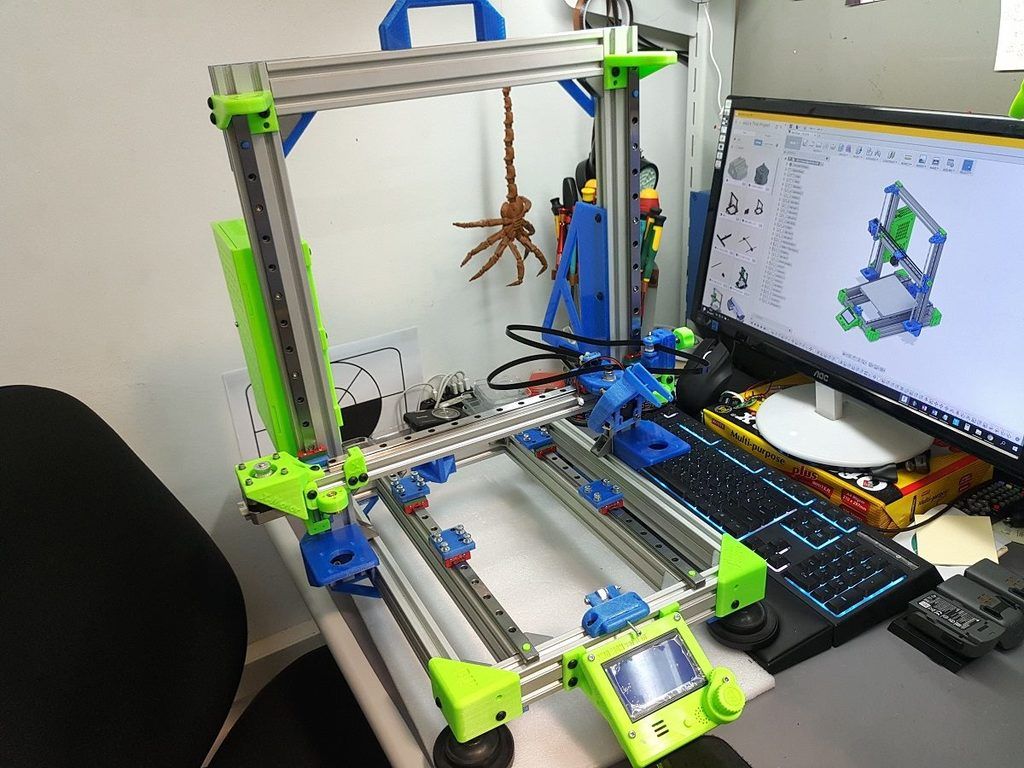
VR Concept is a developer of a virtual prototyping application for collaborative work with CAD/BIM models in virtual reality.
STC "APM" - developer of software for engineering analysis in mechanical engineering and construction.
Rosspetsmash is a Russian association of manufacturers of specialized machinery and equipment, a non-profit organization that brings together companies to lobby the interests of domestic specialized mechanical engineering in state authorities, promote their products in the domestic and foreign markets, develop and review technical standards and regulations, and address issues of industry modernization and improving the quality of manufactured machinery and equipment. The Rosspetsmash Association includes 234 enterprises, including manufacturers of agricultural and road construction equipment, food equipment, components, trailers and semi-trailers.
The Union of Machine Builders of Russia is an association of domestic machine-building enterprises, the purpose of which is to form a strategy for the development of the industry, as well as to participate in the formation of active state policy mechanisms to support the national machine-building complex at the level of leading industrialized countries.


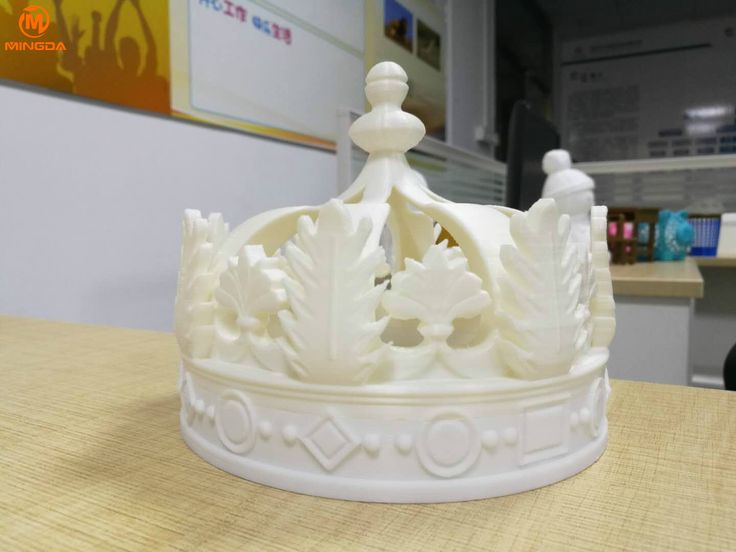 99
99 99
99

